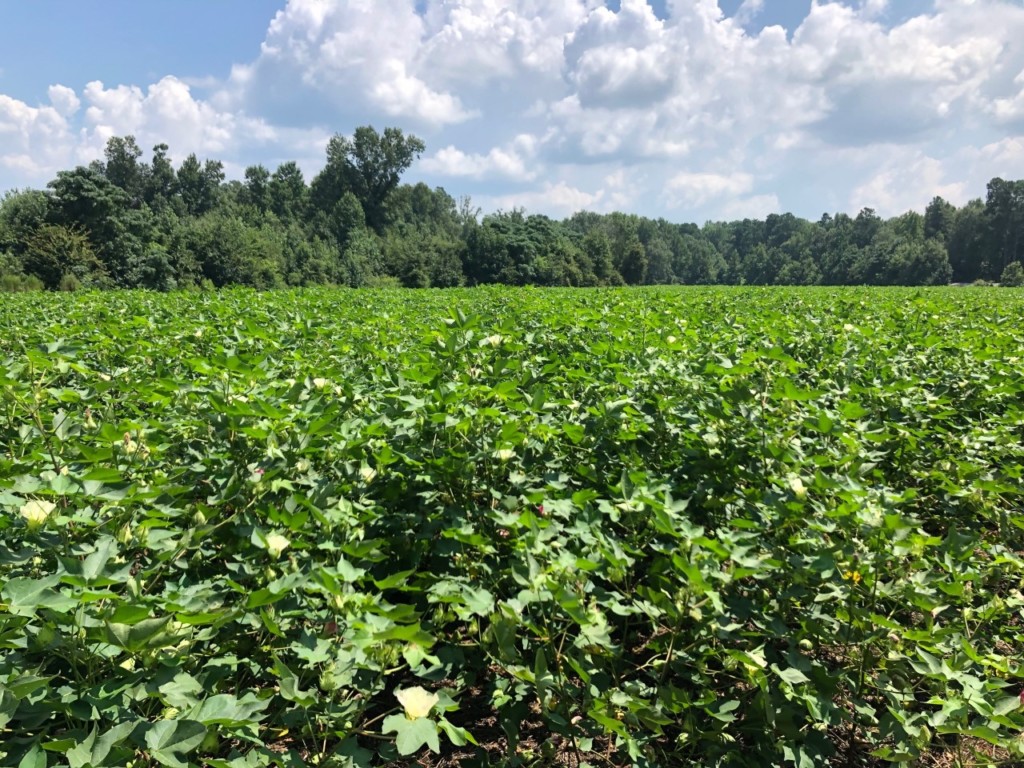Its almost time to plant cotton so here are some reminders.
Fertiltizer
- Nitrogen: 1/4 to 1/3 of your total N rate at planting and then the remainder at sidedress. Preplant nitrogen is essential for early growth and to get off to a healthy start. If you do not put any preplant nitrogen out, you will automatically reduce your yield potential. How much depends on several factors, such as soil type and residual nitrogen present. It might not hurt you that much…but in others, it could get you behind, and you can never catch up or regain that yield potential. At least 30 lbs./N and no less than 20lbs/N at planting. If you are closer to 20lbs/N at plant, you will need to side-dress sooner, probably closer to first square.
- Phosphorous: Essential for seedling root growth. Preplant is a great time to apply phosphorous, and if you get more than 30-40 days after planting, then it is probably too late, and yield will suffer.
- Potassium: Cotton does not need a lot of potassium early, but research has shown that applying all of your potassium upfront followed by foliar K during peak bloom is far more effective for avoiding potassium deficiency than split applications.
Disease/Nematodes
- Disease: Avoid planting into soils that are not 65°F or higher. Do not plant if upcoming rain will significantly lower soil temperature. Seed treatments are your friend, and if you are planting into a field with a disease history or short rotations, I would consider an in-furrow fungicide.
- Nematodes: If you have root-knot or reniform nematodes, there are resistant varieties that you could plant to help counteract the nematodes. Nematicides are not needed where resistant varieties are planted. If you have sting or choose not to use a resistant variety for root-knot or reniform nematodes, you must use a nematicide. Telone II (3gal/A) is the best and most aggressive treatment; AgLogic 15G (5-7lbs/A) and Velum (6.5-6.8 fl oz./A) follow. Nematicide seed treatments are Copeo, Avicita, and BIOst.
Insects
- Thrips: Thrips are usually higher on early planted cotton but lower in reduced tillage systems. The more cover or residue you have, the greater the reduction in thrips. The effect on yield potential is greater on 1-2 leaf cotton than on 3-4 leaf cotton. AgLogic (3-5 lbs./A) or liquid acephate or imidacloprid. Commercial seed treatments of imidacloprid or acephate work well, but in-furrow applications provide greater control and longer residual.
- Whiteflies: The risk of whiteflies increases as planting dates are delayed. April/May cotton is at a lower risk than late May/June cotton. Smooth leaf is less appealing to whiteflies. Yield losses are greater from squaring to early bloom.
